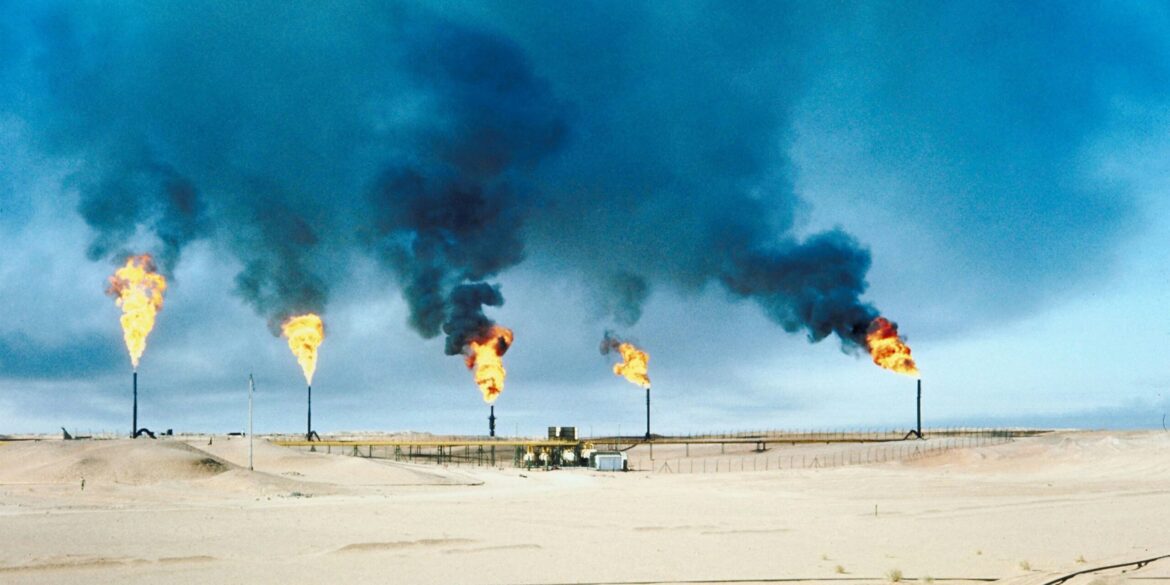U.S. energy companies added seven rigs in the week ending July 18, ending a 12-week decline and signaling a strategic shift toward natural gas—a cleaner-burning fuel—amid forecasts of rising gas prices and production. Gas-directed rig counts jumped by nine to 117, reaching their highest level since March 2024—marking the ninth-largest weekly increase since then.
The total U.S. rig count now stands at 544, still 7 % below last year’s level of 586 rigs. While oil rigs declined by two to 422—reaching the lowest total since September 2021—natural gas rigs surged, driven largely by activity in the Haynesville shale (Arkansas, Louisiana, Texas), which added three rigs to reach 41, also the most since March 2024.
This uptick in gas drilling contrasts with persistent declines in total rig counts. Just a week earlier, U.S. energy firms had recorded the eleventh consecutive week of rig reductions, with total rigs at 537—the lowest since October 2021—and gas rigs steady at 108.
Industry analysts point to the U.S. Energy Information Administration’s (EIA) forecast that spot natural gas prices will climb by about 68% to 88% in 2025, reversing the sharp drop of nearly 14% during 2024. Higher prices are expected to incentivize drilling to meet expanded demand, including increased LNG exports.
EIA projections reinforce this trend—with dry gas output poised to rise from approximately 103–103.3 billion cubic feet per day (bcfd) in 2024 to between 104.5–105.9 bcfd in 2025. Meanwhile, despite flat or falling oil prices, U.S. crude production is still projected to increase from a record 13.2 million barrels per day (bpd) in 2024 to 13.4 million bpd in 2025.
Natural gas emits roughly half the carbon dioxide of coal when burned for electricity, making it an important “transition fuel” in cleaner energy strategies. The rig surge suggests investors are shifting capital toward gas in anticipation of sustained higher prices and policy support.
Drillers remain cautious. According to TD Cowen, E&P companies are trimming capital expenditures by about 3% in 2025, prioritizing shareholder returns and debt reduction. The spike in gas rigs reflects not a broad build‑out but a targeted response to favorable gas economics.
The Permian Basin (focused on oil and associated gas) saw a slight decline in activity, but major gas zones like Haynesville are becoming focal points for new investment. That regional tilt underscores the energy sector’s nuanced adjustment.
Rising domestic gas output dovetails with U.S. LNG export growth, driven by demand in Europe and Asia. As new export terminals ramp up, infrastructure investment—pipelines, liquefaction, and processing—will likely increase.
Since 2023, the U.S. rig count has fallen roughly 5% in 2024 and 20% in 2023, as producers prioritized balance‑sheet health over output amid lower prices. This disciplined posture remains intact, but gas drilling is being selectively reinvigorated as a response to evolving market dynamics and energy policies.
With the EIA forecasting continued growth in both crude and natural gas production in 2025, and LNG exports on the rise, the surge in gas-directed rigs may mark a strategic pivot in the U.S. energy mix—balancing profitability, emissions, and global competitiveness.
As market watchers monitor the next Baker Hughes rig count report and EIA’s data releases, the key questions will be whether gas rig activity will continue climbing through late 2025, whether U.S. infrastructure can keep pace with rising output, and how global energy demand, particularly for LNG, will support this pivot.
This development signals not just a rebound in gas activity, but a broader recalibration of U.S. energy investment strategies—leaning into cleaner fuels and export opportunities while maintaining financial prudence.

